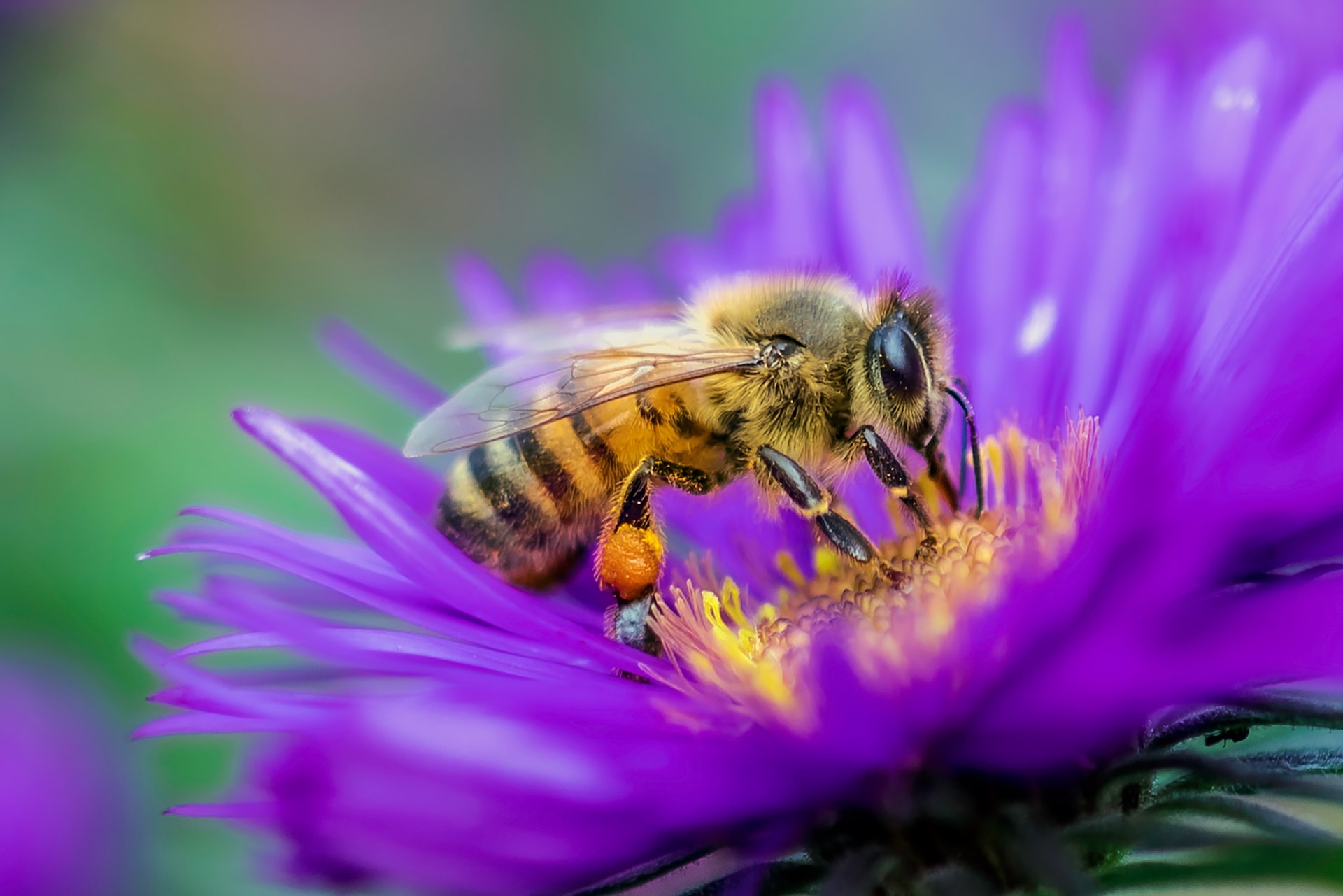Top 20 Interesting Facts About the Amazing World of Honey Bees

Honeybees are fascinating insects that play a crucial role in our ecosystem. Not only do they produce delicious honey, but they also help to pollinate a large portion of the world’s crops.
Evolution and History of Honey Bees
Origins of Honey Bees
Honey bees are thought to have originated in South and Southeast Asia, with evidence of beekeeping dating back thousands of years. Over time, they have spread throughout the world, including to Europe and eventually the Americas. Today, honey bees are kept for their honey production and as important pollinators, with managed hives found in many parts of the world.
Physical Characteristics of Honey Bees
Anatomy of a Honey Bee
Honey bees are small insects, measuring about 12mm in length. They have a distinctive yellow and black striped pattern, and their bodies are covered in fine hairs that help them to collect pollen. Their wings are strong and durable, allowing them to fly long distances in search of nectar and pollen.
Behavior and Communication
Dance Language
Honey bees have a highly organized society, and they use sophisticated dance language to communicate with one another. This “waggle dance” conveys information about the location and quality of food sources. In this way, they are able to work together efficiently to gather nectar and pollen.
Hive Structure and Society
The Honey Bee Colony
Honey bees live in organized colonies or hives, which can contain tens of thousands of individuals. Each hive has a single queen bee, whose sole purpose is to lay eggs. The other bees in the hive have specialized roles, including foraging for food, caring for the young, and maintaining the hive.
Honey Production
From Nectar to Honey
Honey bees collect nectar from flowers and store it in their hives. They then use enzymes to break down the nectar into simple sugars, which they evaporate to thicken the liquid into honey. Honey is a nutritious food source for bees, and it is also harvested by humans for its sweet taste and various health benefits.
Role in Pollination
Vital Pollinators
As they collect nectar, honey bees also pick up and transfer pollen from flower to flower. This process of cross-pollination helps to fertilize plants, allowing them to produce fruits and seeds. Without the pollination services of honey bees and other insects, many crops would struggle to grow and produce adequate yields.
Interaction with Humans
Beekeeping
Humans have been keeping honey bees for their honey and as important pollinators for thousands of years.
Today, beekeeping is a popular hobby and profession, with beekeepers tending to hives in urban and rural areas.
The honey produced by bees is an important food and food ingredient, and honey bee pollination services are essential for many crops, including almonds, blueberries, and cherries.
Conclusion
The world of honey bees is filled with many fascinating and intriguing facts. From their evolution and physical characteristics to their behavior and communication, there’s always something new to learn about these amazing insects. Whether you’re a beekeeper or simply admire their hard work, these interesting facts will deepen your appreciation for the world of honey bees.





